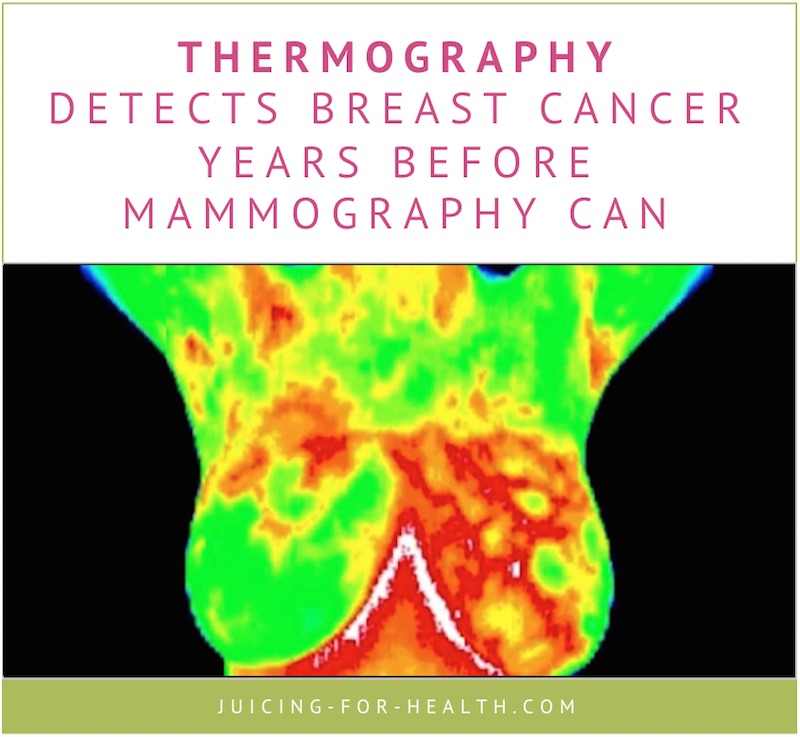
Are you looking for information on breast cancer screening? Well, it is absolutely a smart idea to have a regular examination for early detection, especially if you have a positive family history for the same (in this case, screening is recommended from an earlier age). However, the method of screening that you choose must be safe.
Breast cancer is not an unusual disease. A study meta-analysis concluded for the year 2012, the following statistics:
- New cases of breast cancer diagnosed in 2012 reached up to a figure of 1,617,149
- The mortality rate for the same scored 521,907
With the growing advancements in medical technology, several modalities are now accessible that can help in detecting the presence of breast cancer cells at various stages.

CONVENTIONAL BREAST CANCER SCREENING METHODS
It is always good to know about the basics and types of the available approaches for early cancer detection. You can discuss with your healthcare provider regarding the method you should use. The conventional breast cancer screening methods are:
- Physical examination: This method is suggested by doctors to women of all age groups. Manually palpating your breasts and armpits deeply in a clockwise manner will reveal any underlying lump or abnormal mass. You can do this once a month several days after your period ends. In case you suspect the presence of any lump that wasn’t there before, get it checked by your doctor.
- Ultrasound: Using ultrasonic waves, the anatomical contour of breast tissue and blood vessels can be traced and lesions can, therefore, be detected. In case your doctor confirms a lump in your breasts or axilla on clinical examination, the next step that they most probably will advise may be an ultrasound to confirm the presence.
- Mammography: A mammogram is employed to look into the detailed structure of breast tissues. The healthcare system generally recommends mammography for women of older age groups as breast density remains a limiting factor here.
- Biopsy: This is rather an invasive modality of diagnosis and it brings about the most definitive results. In cases of high suspicion, a doctor will have to advise for fine needle aspiration and biopsy.
JUST HOW SAFE IS MAMMOGRAPHY?
At present, mammography is one of the most-widely used methods for screening breast cancer.
A study published in The Lancet Oncology in 2011 demonstrated for the first time, that women who received the most mammography breast screenings had a higher cumulative incidence of invasive breast cancer over the following six years than the control group who received far less screenings.
Mammograms use ionizing radiation at a relatively high dose, which can contribute to the mutations that lead to breast cancer. You can get as much radiation from one mammogram as you would from 1,000 chest X-rays!
Dr Veronique Desaulniers, founder of BreastCancerConqueror.com, is a Doctor of Chiropractic who herself had been a victim of breast cancer. She now helps women from all around the world to live their best life through healing of their body, mind and soul.
Dr V (as she is famously known) has this to say in the video above:
“Well, let’s start with mammograms. Again, by the time they see a lump on a mammogram, it has taken five to eight years to develop. And if a woman follows the 10-year protocol of getting a mammogram every year or every six months, she is getting as much radiation as a woman had at Hiroshima; the atomic bomb, if she stood a mile away from the epicenter. She is getting over 5 rads of radiation in a mammogram if she follows the traditional methods of mammography.
So mammograms cause a lot of problems – the compression, the radiation. Studies have shown that they can increase your risk of cancer. And the new study that came out in Canada, it was a 25-year study where they found that mammograms did not decrease breast mortality rate at all. In fact, they were just as effective as a self breast exam that women do.
So if we put mammograms aside and we look at the technology with thermography, which has been around for years and can detect physiological changes at a very early stage, wouldn’t you rather know that there is possibly some changes going on in your breast or in your abdomen five to eight years before you have a diagnosis? And with thermography, there is no pain, there is no compression, there is no radiation. It is just a beautiful tool to have in your pocket.”
Source: thetrutchaboutcancer.com



